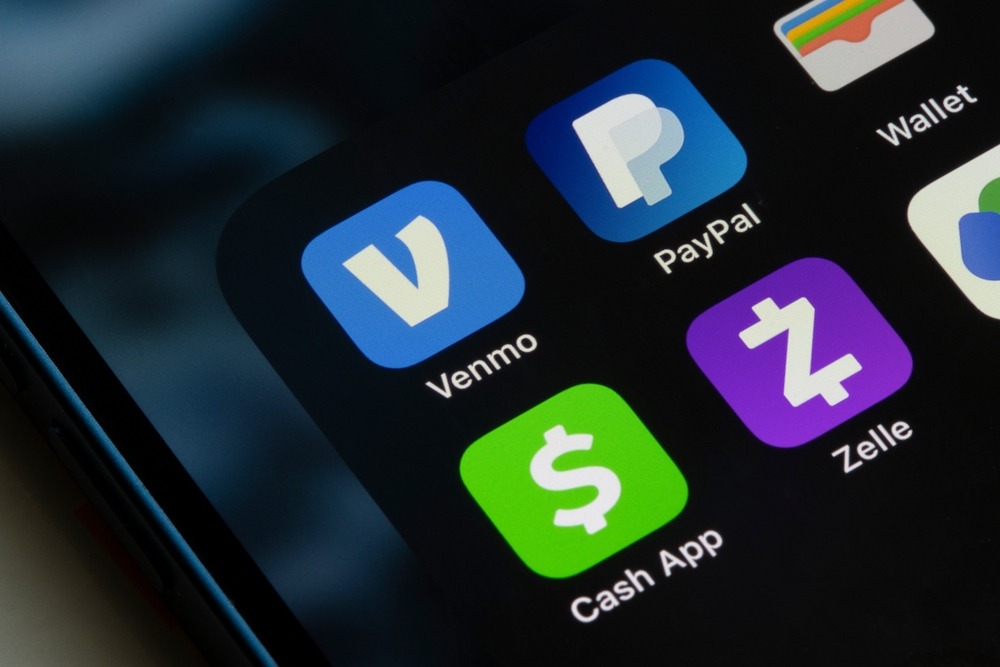Cash App Savings Account: What You Need to Know
Cash App, widely recognized for its digital wallet and peer-to-peer payment services, now offers a high-yield savings account feature directly within its app. Whether you’re aiming to build an emergency fund or save for a specific purpose, the Cash App savings account provides a competitive interest rate—up to 10 times greater than the current national average—helping you reach your savings goals faster. However, like any financial product, it comes with its own set of pros and cons. Here’s what you should consider before opening an account.
As of October 2024, the national average APY for savings accounts is around 0.40%, making Cash App's 1.50% to 4.50% APY significantly more attractive. However, it's essential to consider your financial goals and needs. For instance, if you're exploring various financial products, you might wonder, "can you get a title loan on a financed car?" Understanding the range of financial services available can help you make informed decisions. Always weigh the benefits and potential drawbacks of each financial product to determine what's best for your situation.
Cash App Savings Account Overview
Cash App operates as a financial technology platform rather than a traditional bank, which is why it partners with Wells Fargo Bank to offer its savings account services. In this arrangement, Wells Fargo manages your funds and provides the attractive interest rates associated with Cash App savings. This collaboration is crucial for ensuring that your savings are not only earning interest but also securely held.
Interest Rates and Account Features:
- Base Interest Rate: 1.50% APY, which is significantly higher than the average savings account.
- Higher Rate: 4.50% APY for users who possess a Cash App card and receive direct deposits totaling at least $300 monthly. This tiered interest structure encourages users to utilize Cash App for regular transactions.
- FDIC Insurance: Up to $250,000 for accounts linked with a Cash App debit card; however, funds are not protected without the card. It’s essential to keep in mind that if Cash App were to cease operations, FDIC insurance would not apply.
- APY Range: 1.5% to 4.5%
- Minimum Opening Deposit: Just $1, making it accessible to a wide range of savers.
- Minimum Balance Requirement: None, providing flexibility and ease of access to your funds.
- Monthly Maintenance Fee: $0, so your savings can grow without incurring unnecessary costs.
- Transfer Fees: $0, enabling you to move your money without additional charges.
- Out-of-Network ATM Fee: $2.50 per withdrawal, which is a reasonable fee compared to traditional banks.
It’s essential to note that the money you deposit into your savings account is separate from your Cash App balance. Transactions such as sending money to friends, using your Cash App Card, or investing in stocks or bitcoin will draw from your Cash App balance. You can transfer funds between your Cash balance and savings at any time, and unlike many traditional savings accounts, there are no limits on the number of monthly transfers. This feature provides flexibility, allowing you to manage your finances easily.
Related: What is the Typical Savings Account Balance for an American? Insights & Trends
Setting Up a Cash App Savings Account
Establishing a Cash App savings account is straightforward, making it a convenient option for anyone looking to save:
- Download the Cash App: You can find it in your app store or scan the QR code on the website.
- Set Up a Free General Account: Create an account on your device. This step is crucial as it provides you with access to all of Cash App’s features, including the savings account.
- Request a Cash App Card: This debit card is necessary to access your savings account. Follow the instructions in the app to design your card and answer a few simple questions. The Cash App Card can be used for purchases and ATM withdrawals, making it a versatile financial tool.
- Fund Your Savings Account: Make your initial deposit from your Cash App balance or a linked bank account or credit card. A minimum deposit of $1 is required to start earning interest.
- Set Up Direct Deposit: To earn the highest savings interest rate of 4.5% APY, you need to enroll in direct deposit for at least $300 each month. This requirement makes it essential for users to evaluate their regular income and transaction patterns.
Is the Cash App Savings Account Right for You?
If you’re looking to quickly set up a savings account with much higher interest rates than the national average, the Cash App savings account could be an appealing choice. As of October 2024, the average interest rate for savings accounts is only 0.45% APY, according to the FDIC, making Cash App’s rates attractive.
Advantages:
- Minimal Fees: Only a $2.50 charge for out-of-network ATM withdrawals, which is quite reasonable compared to traditional banking fees.
- Helpful Features: Cash App allows users to set specific savings goals, making it easier to track and manage savings. You can also round up your Cash App Card purchases to increase savings, making it a convenient way to save without impacting your budget significantly.
- User-Friendly Interface: The app is designed to be intuitive, making it easy for users to navigate their accounts and access financial information.
Disadvantages:
- Direct Deposit Requirement: To earn the 4.5% APY, you must deposit at least $300 of your monthly income directly into your savings account. If you don’t meet this requirement, you’ll earn a lower rate of 1.5% APY, which, while not bad, does not compare to the top high-yield savings accounts available today. This requirement may not suit everyone’s financial habits, particularly those who are self-employed or have variable income.
- Limited FDIC Insurance: While funds are insured up to $250,000, this coverage is contingent on having the Cash App debit card. If you prefer to manage your funds differently or do not wish to obtain the card, your savings may be at risk.
Related: Understanding Your Tax Refund: What You Need to Know for 2025
Explore Alternatives to the Cash App Savings Account
Before committing to a Cash App savings account, it’s wise to explore other high-yield savings options that may offer better interest rates and features tailored to your needs. Here are a few alternatives to consider:
- SoFi High-Yield Savings Account (up to 4.30% APY): SoFi’s account provides a competitive APY with no minimum deposit required for direct deposits. There are no maintenance fees, and users can access savings vaults for specific goals, enhancing the saving experience. Additionally, SoFi offers career coaching and financial advising, which can be valuable for users looking to improve their overall financial health.
- American Express High-Yield Savings Account (4.00% APY): Currently, this account allows users to earn 4.00% APY on deposits, with interest compounding daily. There are no minimum deposit or balance requirements, and managing the account is straightforward through the American Express app. Although it does not include an ATM card, you can make deposits and withdrawals via electronic transfers or mobile check deposits.
- Capital One 360 Performance Savings (4.00% APY): This account has no minimum opening deposit requirement, and customers can easily earn the top savings rate without any complicated conditions. No matter how much you have in your savings account, you’ll receive a 4.00% APY. Additionally, there are no monthly maintenance fees, and users can benefit from features like automatic savings transfers and mobile check deposit.
- CIT Bank Platinum Savings (up to 4.70% APY): If you’re seeking a better interest rate than what the Cash App savings account provides, consider CIT Bank’s Platinum Savings account, which offers up to 4.70% APY. However, this rate is applicable only to balances of $5,000 or more. Balances below $5,000 will earn a lower rate of 0.25% APY. This account can be an excellent option for those who have a significant savings balance that they don’t need immediate access to, making it ideal for long-term savers.
Related: Compound interest calculator
Conclusion
The Cash App savings account offers a convenient way to earn higher interest rates on your savings compared to traditional accounts. However, potential users should weigh the benefits against the requirement for direct deposits and explore alternative high-yield savings accounts that may better suit their financial needs. By making an informed decision, you can ensure that your savings work harder for you.
With the growing popularity of digital banking, understanding the options available to you can help maximize your savings potential. Whether you choose Cash App or another financial institution, the key is to align your savings strategy with your financial goals and lifestyle.










